SR&ED and Technological Innovation in Dairy Farming
The dairy farming industry is continuously evolving. In particular, with advancements in automation, animal health, and sustainability driving improvements in productivity and efficiency. However, these innovations often involve technological uncertainty, where the outcome of a new process, product, or system is not guaranteed, and existing knowledge or techniques are insufficient to solve the problem. This is where Scientific Research and Experimental Development (SR&ED) tax credits can provide significant financial support to dairy farmers investing in research and development.
Here are some key SR&ED-eligible projects in the dairy industry that address technological uncertainties.
1. Automating Dairy Operations
Technological Uncertainty:
Integrating robotic milking machines, automated feeding systems, and smart herd management tools presents challenges. Particularly when it comes to adapting the technology to different farm sizes, environmental conditions, and animal behaviour. Data synchronization across multiple systems can also be complex.
SR&ED Example:
A dairy farm developing an automated milking system for small-scale operations, requiring modifications to software and hardware to optimize efficiency. Researching algorithms that analyze cow behaviour to improve herd management can also qualify for SR&ED.
2. Feed Optimization and Animal Health
Technological Uncertainty:
Formulating an ideal feed composition to improve milk yield while maintaining cow health can be unpredictable. Different cow breeds, seasonal conditions, and local pasture quality influence outcomes. This can make it difficult to determine the most effective diet.
SR&ED Example:
A farm experimenting with new feed formulations or nutritional supplements to enhance milk production while reducing methane emissions. Conducting trials to analyze the impact of different diets on cow digestion and milk quality could qualify for SR&ED tax credits.
3. Precision Dairy Farming with IoT & AI
Technological Uncertainty:
Implementing real-time monitoring systems for soil health, crop growth, and herd conditions requires advanced sensors, accurate data collection, and AI-powered predictive models. However, they may not always function as expected.
SR&ED Example:
A dairy farm testing sensor calibration methods to improve the accuracy of temperature, hydration, and milk production tracking. Developing AI-based analytics to predict cow health risks based on environmental and biological data could also be SR&ED-eligible.
4. Reducing Environmental Impact in Dairy Farming
Technological Uncertainty:
Reducing methane emissions from dairy cows and improving manure management. This involves complex biological and chemical processes that lack clear solutions. Existing strategies may not be effective across all farms due to variations in cow diet, digestion, and farm conditions.
SR&ED Example:
Researching feed additives that reduce methane emissions or developing manure treatment solutions to minimize nutrient runoff. Experimenting with biogas recovery from manure for renewable energy production could also qualify for SR&ED tax credits.
5. Improving Milk Quality & Nutritional Content
Technological Uncertainty:
Enhancing milk quality by reducing somatic cell counts (which indicate infection) or increasing omega-3 content requires a deep understanding of genetics, nutrition, and environmental factors.
SR&ED Example:
A farm conducting genetic research to breed cows that naturally produce higher-quality milk. This involves experimenting with feed modifications to improve milk’s nutritional composition while maintaining yield could also qualify.
6. Disease Prevention and Animal Welfare Innovations
Technological Uncertainty:
Developing new disease prevention strategies for dairy herds. This can include mastitis control, which requires experimental research. Many solutions involve testing new vaccines, treatments, or biosecurity measures that may not work as expected.
SR&ED Example:
A farm developing a natural probiotic-based mastitis treatment as an alternative to antibiotics. This requires extensive testing to determine its effectiveness. Researching biosecurity protocols to minimize disease spread in large herds could also qualify.
Maximizing SR&ED Benefits in Dairy Farming
For dairy farmers investing in innovation and process improvements, the SR&ED program offers valuable tax incentives to help offset the costs of R&D. To qualify, farms must document:
- Technological challenge faced
- Systematic experimentation conducted
- The results and learnings gained
Ayming Canada specializes in helping dairy farms identify and maximize SR&ED opportunities. This ensures dairy farms receive the financial benefits they deserve for their innovation efforts.
Want to know if your dairy farming innovations qualify for SR&ED? Contact us today!
Contact us today!
One of our experts will be in touch shortly.







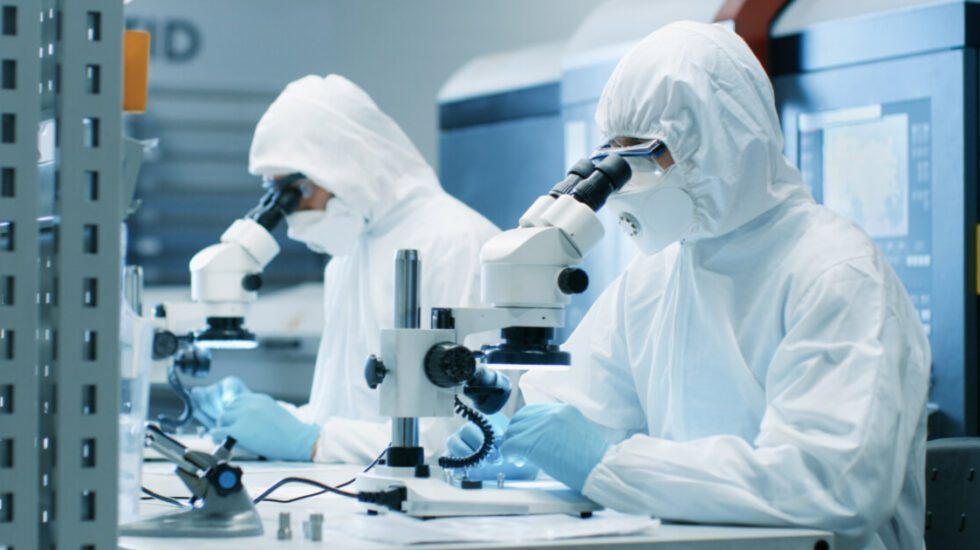

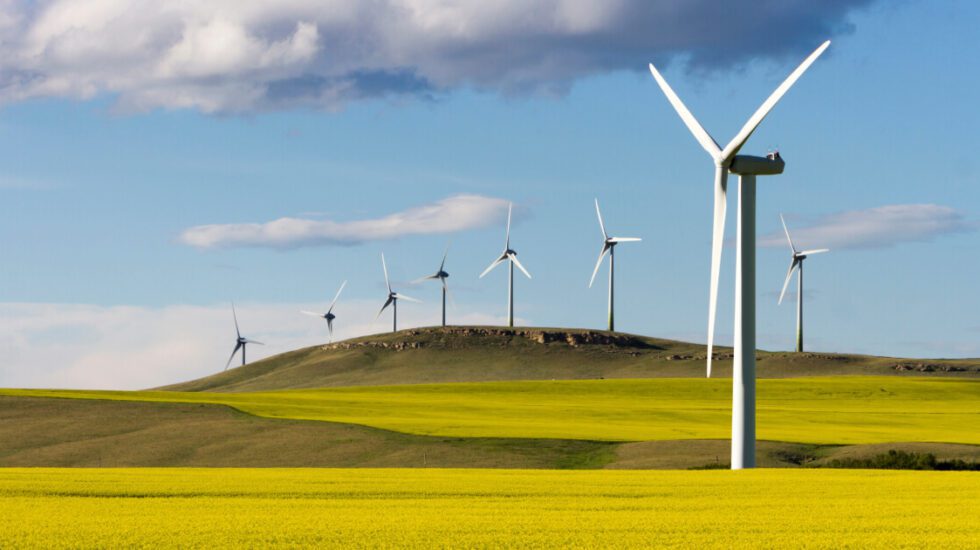
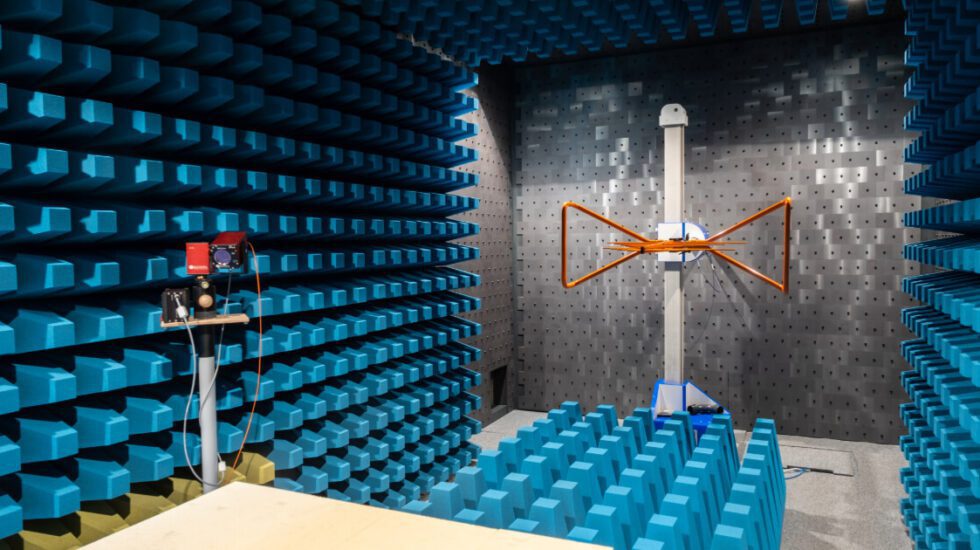

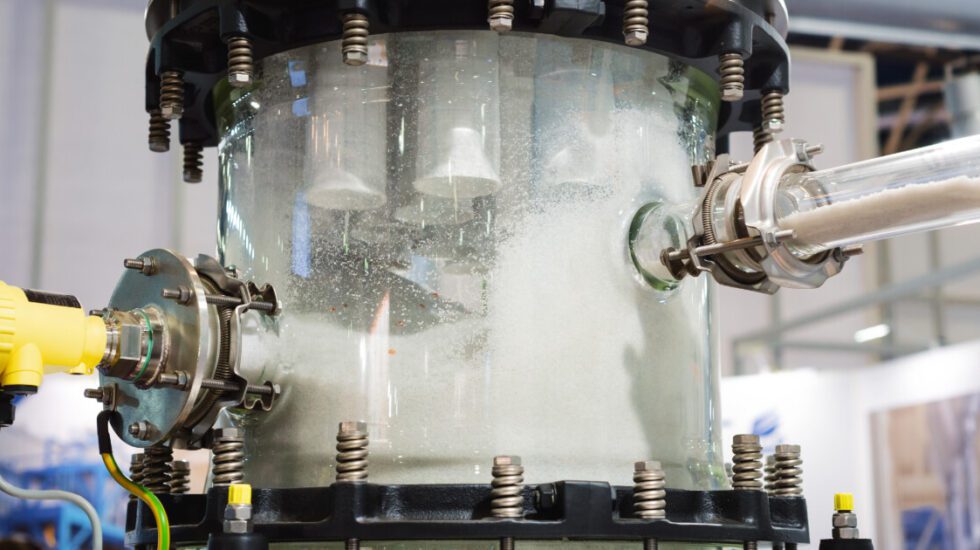
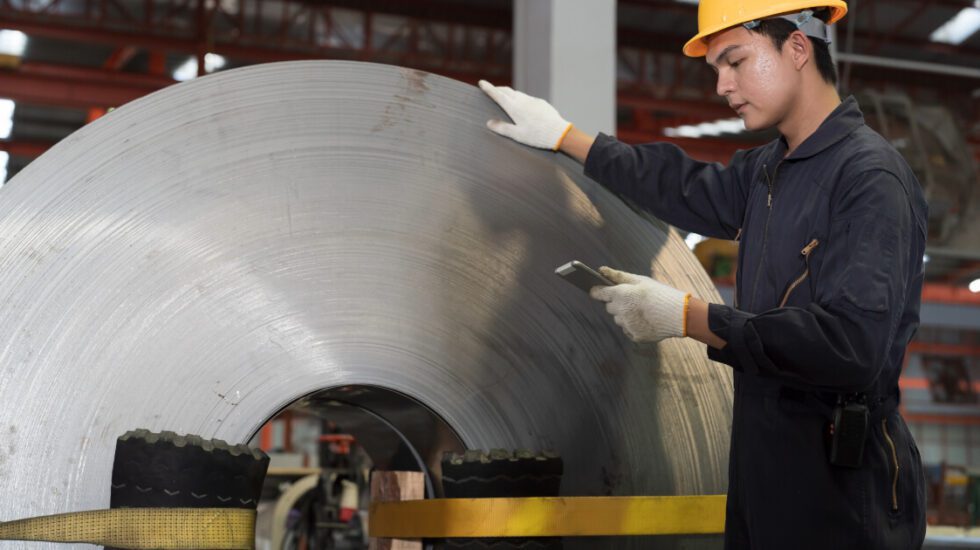
No Comments